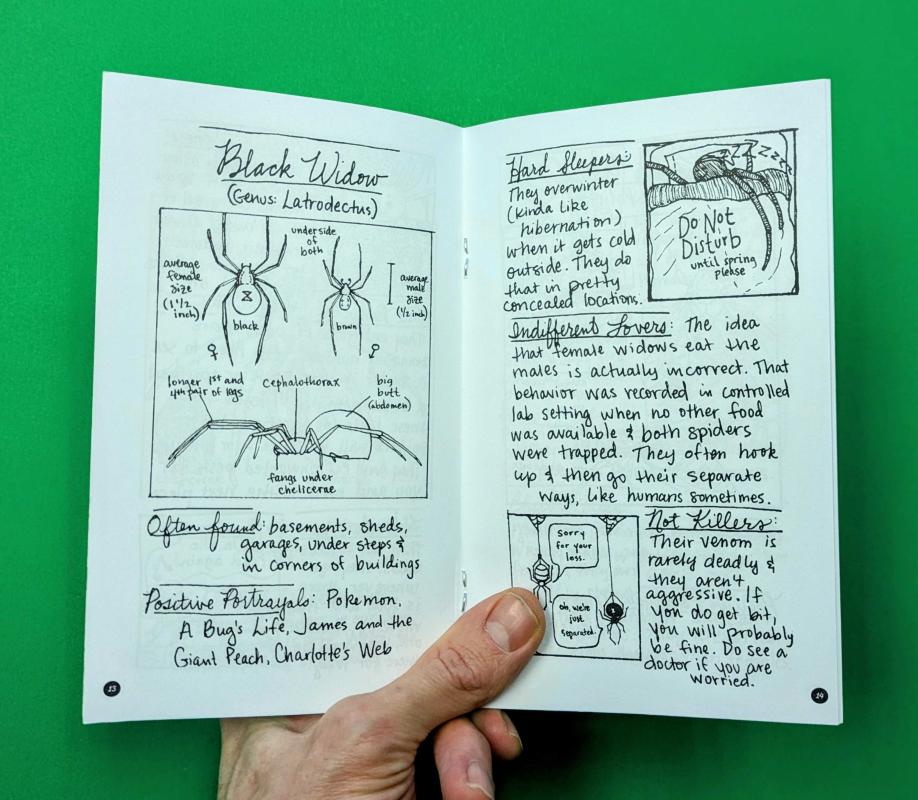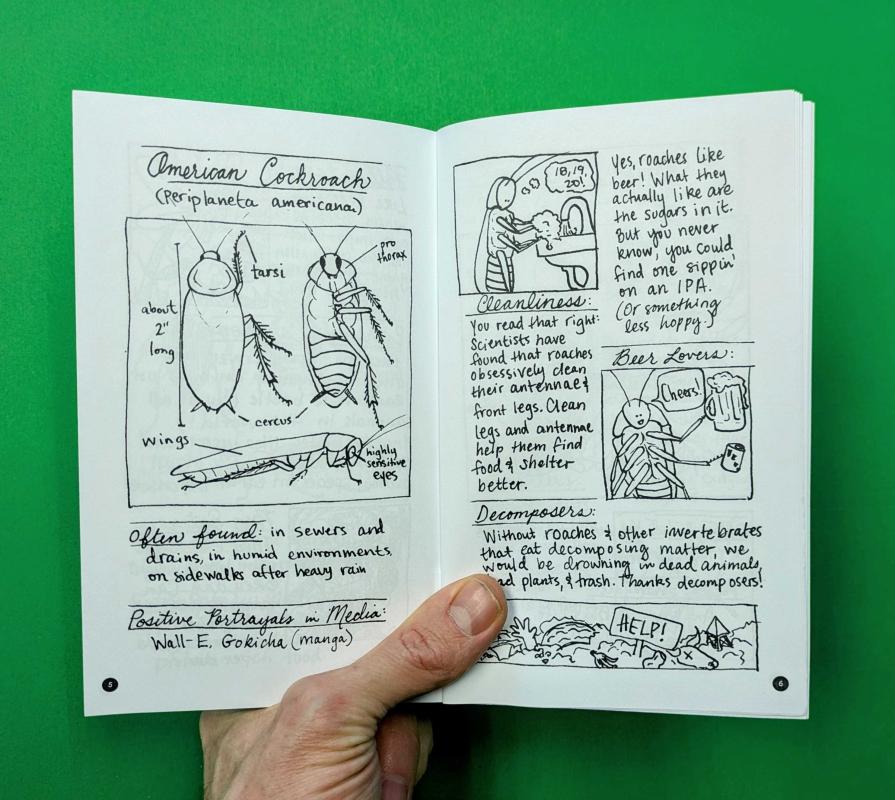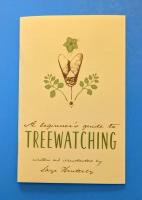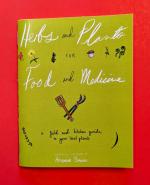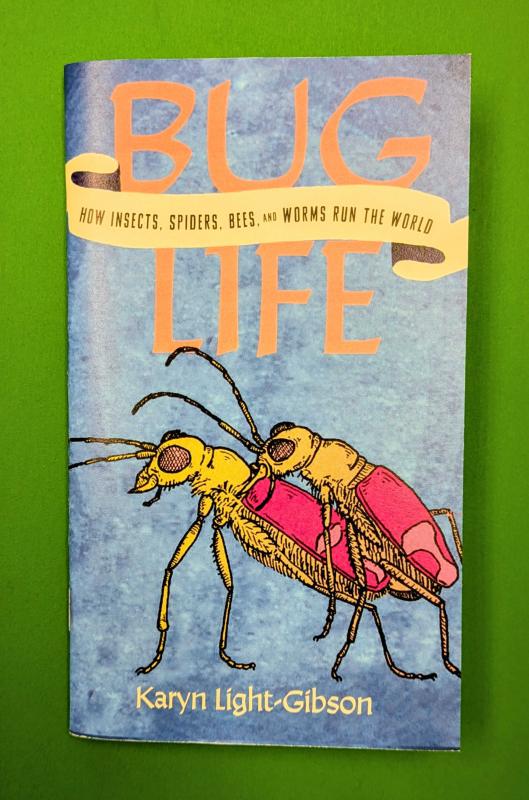
Bug Life: How Bees, Spiders, Worms, and Other Invertebrates Rule the World
by Karyn Light-Gibson Author
Discover all the little bugs, bees, spiders, worms, and insects that live where you live, even if where you live is the middle of a city! Author Karyn Light-Gibson has catalogued a variety of the bugs that you can expect to find in your urban neighborhood, and sets out to eliminate the false dichotomy we've created between humans and the natural world. Cities are nature, and humans are animals! Learn all about your tiny neighbors, with a ton of fun facts and cute illustrations.
1) Scientists estimate that there are 1 billion tons of insects on Earth while People only account for about 400 million tons
2) Of all the insects, only 2% are considered pests
3) The oldest human carving is of a cricket in bison bone from 20,000 years ago
4) Invertebrates have been around for 480 million years, compared to primates who have only been around for 20 million (and humans only 7 million years)
Paperback description:
Bugs are everywhere! Humans often think of insects and other invertebrates as gross or creepy, but we couldn't survive without them. In this love letter to bugs, biologist, linguist, and bug enthusiast Karyn Light-Gibson introduces us to an array of our notable neighbors, from bees to bedbugs, caterpillars to butterflies, earwigs to isopods, ants to mantises, ladybugs to katydids, and so, so many more. With informative glee and striking illustrations, she identifies the many bugs we encounter every day and delves into their place in science, history, art, literature, culture, cuisine, and even warfare. You'll learn so many cool facts about spiders, mites, slugs, worms, flies, beetles, ticks, moths, aphids, cicadas, bedbugs, crickets, cockroaches, and the many other creeping, crawling, and flying critters that make our world go round.
For every human, there are 1.4 billion insects in the world, playing a vital part of our ecosystem. A small percentage of bugs can be dangerous or spread disease, but the vast majority are our allies as indicators of environmental health, pollinators of our food, and a key part of the food web we rely on. Even the most wary readers will come away with a new perspective on the tiny creatures around them and a serious appreciation of just how important—and cool—bugs are.
You must log in to comment.
